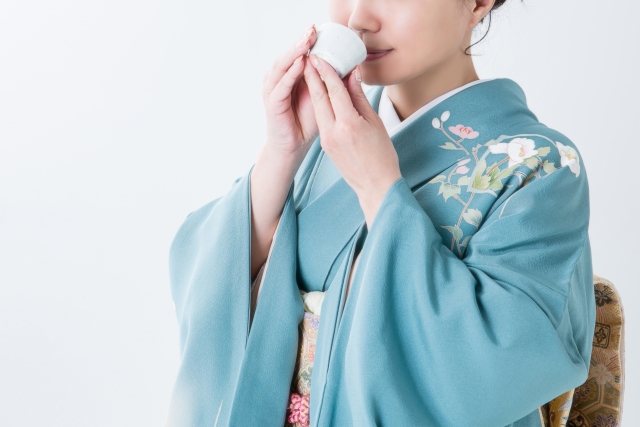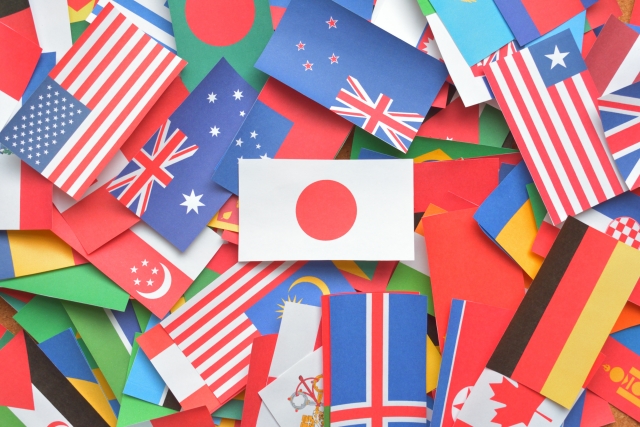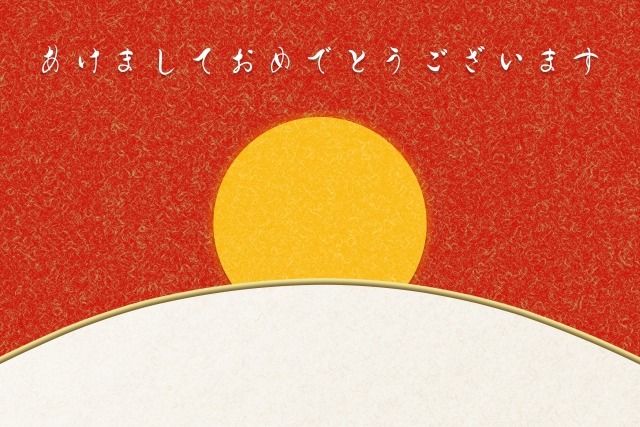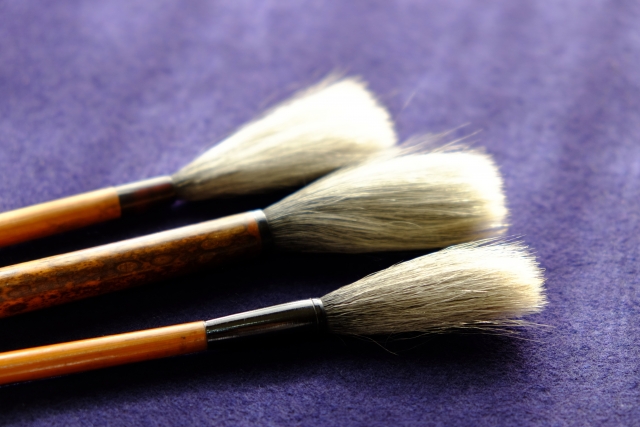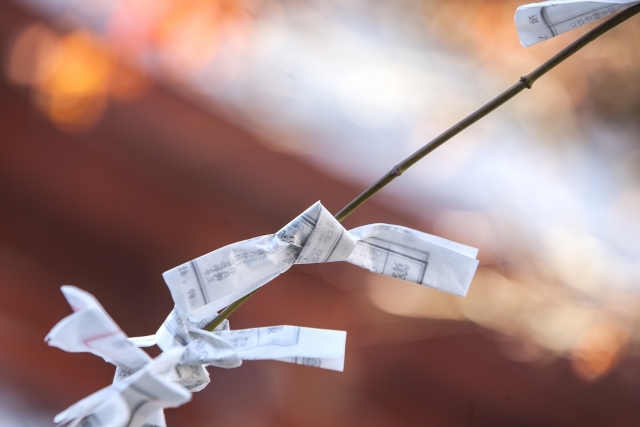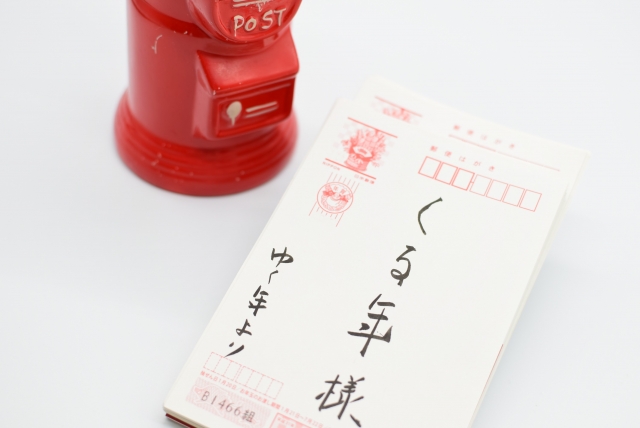
The New Year’s greeting card(Nengajo) is a custom unique to Japan that has been around since the Nara period (710-794).
“Nengajo” is a greeting card or postcard sent to be delivered in the New Year.
In Europe and the U.S., Christmas and New Year greetings are sent in the form of Christmas cards and greeting cards, so there is no New Year greeting card culture.
“Nengajo” are used to express gratitude to those who have helped us on a daily basis, to congratulate them on the New Year, to thank them for their support last year, and to ask for their continued support in the new year.
The History of “Nengajo”
The origins of this custom are not clear, but the custom of “New Year’s greetings” has existed since the Nara period (710-794).
As the scope of the relationship expanded, people wrote and sent greeting cards to those who were too far away to greet them, as a substitute for the New Year’s round.
When postal postcards were first issued in 1873, the custom of sending New Year’s greetings by postcard spread rapidly because it was a concise and inexpensive way to send greetings.
Around 1887, sending “Nengajo” became one of the most popular year-end and New Year’s events among the people.
In 1949, the first postcards with New Year’s gifts (Nenga-hagaki) were issued, and they were a big hit, causing the volume of “Nengajo” to increase dramatically.
Instead of using postcards to send New Year’s greetings, more and more people are now using the Internet, such as e-mail.
While more and more people are using e-mail to send New Year’s greetings, the number of deliveries has not plummeted. This may be because “Nengajo” delivered on New Year’s Day are regarded as letters with special meaning.


